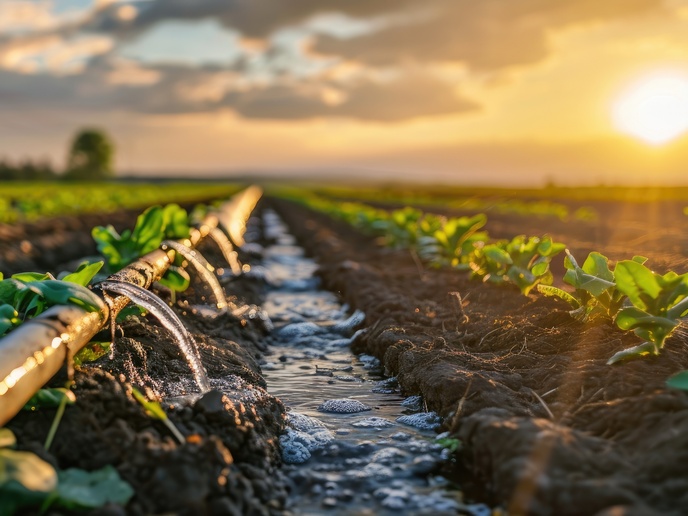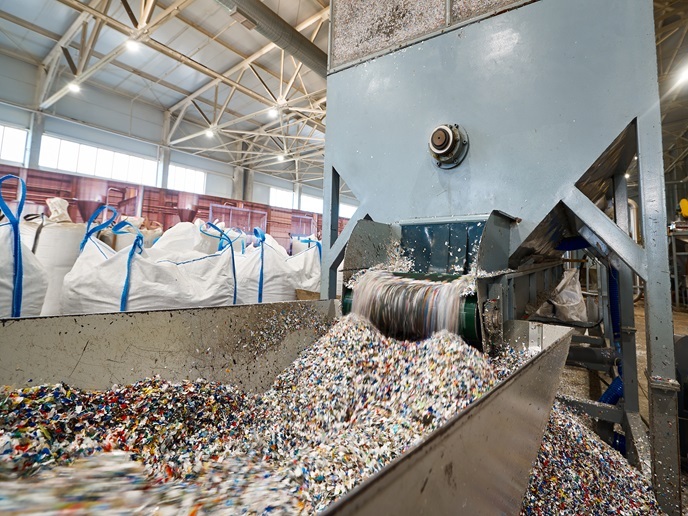Meeting future food demand while respecting environmental limits
The world is facing increasing challenges to feed a growing population sustainably with minimal detriment to the environment. Simultaneously, multiple crises like climate change and biodiversity loss are creating additional pressure on natural resources like water and land and on the global food systems that rely on them. These issues have been addressed using global models of, for example, water use and land use under various scenarios but typically considering each in isolation. In a pioneering approach, the ERC-funded SOS.aquaterra(opens in new window) project has developed an integrated food system model that considers interactions between key resources used for food production: water, land and nutrients. This has enabled consideration for the first time of the potential of multiple measures to increase food availability while respecting the key planetary boundaries.
Leveraging spatiotemporal datasets and agronomical and hydrological models
“The project developed an integrated model using open global datasets and outputs from existing global models to understand how we could move towards more sustainable food systems,” says project coordinator Matti Kummu of Alto University(opens in new window). SOS.aquaterra’s models consider land and water use. They also take into account proper cycling of nutrients vital for agriculture (like nitrogen and phosphorus) as well as maintenance of natural ecosystems to preserve biodiversity, both of which are crucial for sustainable food production. In addition, the project emphasised multidisciplinary approaches by integrating socio-economic factors with earth system sciences, creating comprehensive datasets that can influence future research and policies across various fields. Although not originally planned, “we introduced concepts like 'safe climatic space' for agriculture and contributed to the redefinition of freshwater planetary boundaries. These actions significantly advanced understanding of climate change impacts and sustainable water management,” continues Kummu. Overall, SOS.aquaterra’s models allowed quantitative determination of ‘safe operating spaces’ regarding the planetary boundaries minimising irreversible damage to the environment, including those due to effects on climate patterns.
Challenges and opportunities to meet future food demand sustainably
Among the project’s many notable achievements, the team showed how human activities have impacted global freshwater cycles(opens in new window), contributing to the global water crisis. SOS.aquaterra led efforts to revise the freshwater planetary boundary, informing the most recent update of planetary boundaries(opens in new window). In addition, scientists explored safe climatic space for food production, showing how high emission scenarios could compromise food crop and livestock production beyond safe climatic conditions(opens in new window). “We identified strategies for efficient resource use, exploring carbon sequestration opportunities in livestock production and changes in global grasslands' carrying capacity,” adds Kummu. SOS.aquaterra also explored socio-economic pathways for sustainable food systems and assessed factors influencing food loss and crop yield variability. This research led to publication of several new global subnational datasets including those of income inequality and human migration(opens in new window).
Action, not reaction: anticipating the future with targeted strategies
SOS.aquaterra’s code and data in all published papers are openly accessible. The project’s models and data sets will help users to dynamically model food system interactions and anticipate future challenges, such as resource management in the face of climate change impacts, to create strategies for sustainable food systems. “Increased understanding of how to manage food production within environmental limits can guide policy and innovation to ensure sustainable practices globally for long-term food security under changing conditions,” Kummu concludes. SOS.aquaterra’s pioneering integrated-planetary-boundaries approach could be the way forward in tackling the complex interactions of food systems and climate change with natural resources, nutrient flows, biodiversity and social-economics.







